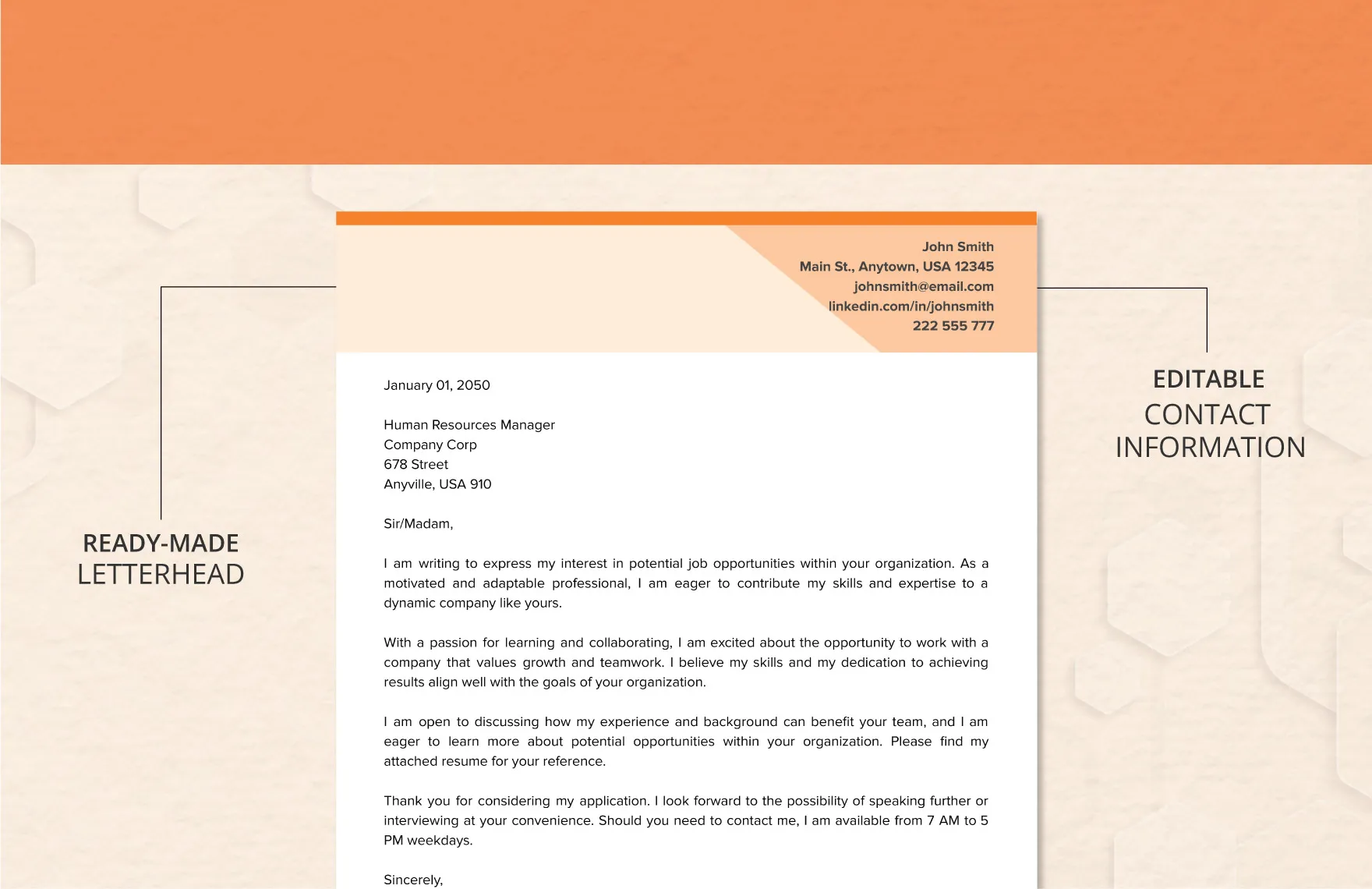Cover Letter Template Key Components
A cover letter is your first opportunity to make a strong impression on a potential employer. It complements your resume by providing context, showcasing your personality, and demonstrating why you’re the ideal candidate for the job. To write a compelling cover letter, it’s crucial to understand the essential components that make it effective. This guide will help you craft a cover letter that gets you noticed. A well-structured cover letter includes a header with your contact information, a personalized salutation, a captivating introduction, a body that highlights your skills and experience, a closing section expressing your enthusiasm, and a call to action. Each element plays a vital role in conveying your qualifications and securing an interview.
Cover Letter Template Header Section
The header of your cover letter should provide the essential contact information for both you and the recipient. This is the first information a hiring manager will see, so ensure it is accurate and professional. Use a standard business format for your header, keeping it clean and easy to read. Proper formatting demonstrates attention to detail, a key characteristic employers seek in potential hires. The header sets the stage for your entire application and reflects your professionalism. A well-crafted header ensures that the hiring manager can easily reach you, and a clean design suggests an organized and detail-oriented approach to your job search. Let’s dive into the details of each part of the header.
Your Contact Information
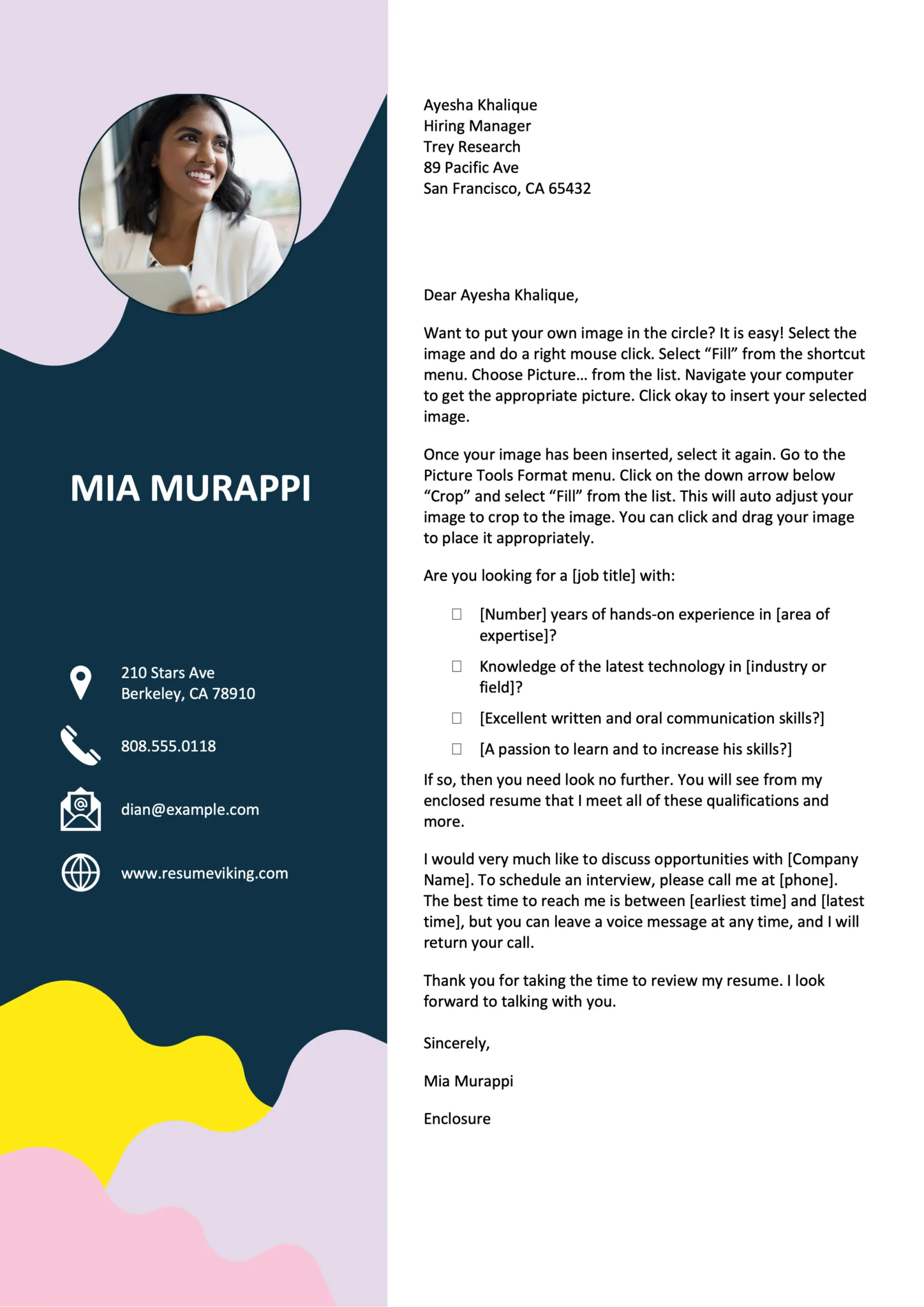
Begin your header with your contact information. Include your full name, phone number, email address, and optionally, your LinkedIn profile URL or personal website. Ensure your email address is professional. Avoid using nicknames or informal addresses. The contact information should be aligned to the left or right, and the font should match the rest of the letter. Keeping it simple and clear makes it easy for the hiring manager to contact you. Verify all contact details. Errors here can mean you miss out on opportunities. Always double-check for accuracy before submitting. The goal is to make it as effortless as possible for the recruiter to reach you.
Recipient’s Information
Below your contact information, provide the recipient’s details. This usually includes the hiring manager’s name, their title, the company name, and the company’s address. This shows that you have researched the company and the specific job application. If you can’t find the name of the hiring manager, try to address the letter to the hiring department or the relevant team. This shows initiative and attention to detail. If you do find a name, make sure you spell it correctly. This level of personalized detail makes your cover letter stand out from generic applications. Researching the recipient shows your genuine interest in the opportunity.
Cover Letter Template Salutation
The salutation sets the tone for the rest of your cover letter. Use a formal greeting, such as “Dear Mr./Ms./Mx. [Last Name],” if you know the hiring manager’s name. If you’re unsure of the name, use a general salutation like “Dear Hiring Manager.” Avoid informal greetings such as “To Whom It May Concern.” The salutation should be followed by a colon. A personalized salutation creates a positive first impression and demonstrates that you’ve taken the time to research the company and the person reviewing your application. Always address the person directly. If you have the name of the hiring manager, this is preferable. This personalized approach will set you apart.
Crafting a Compelling Introduction
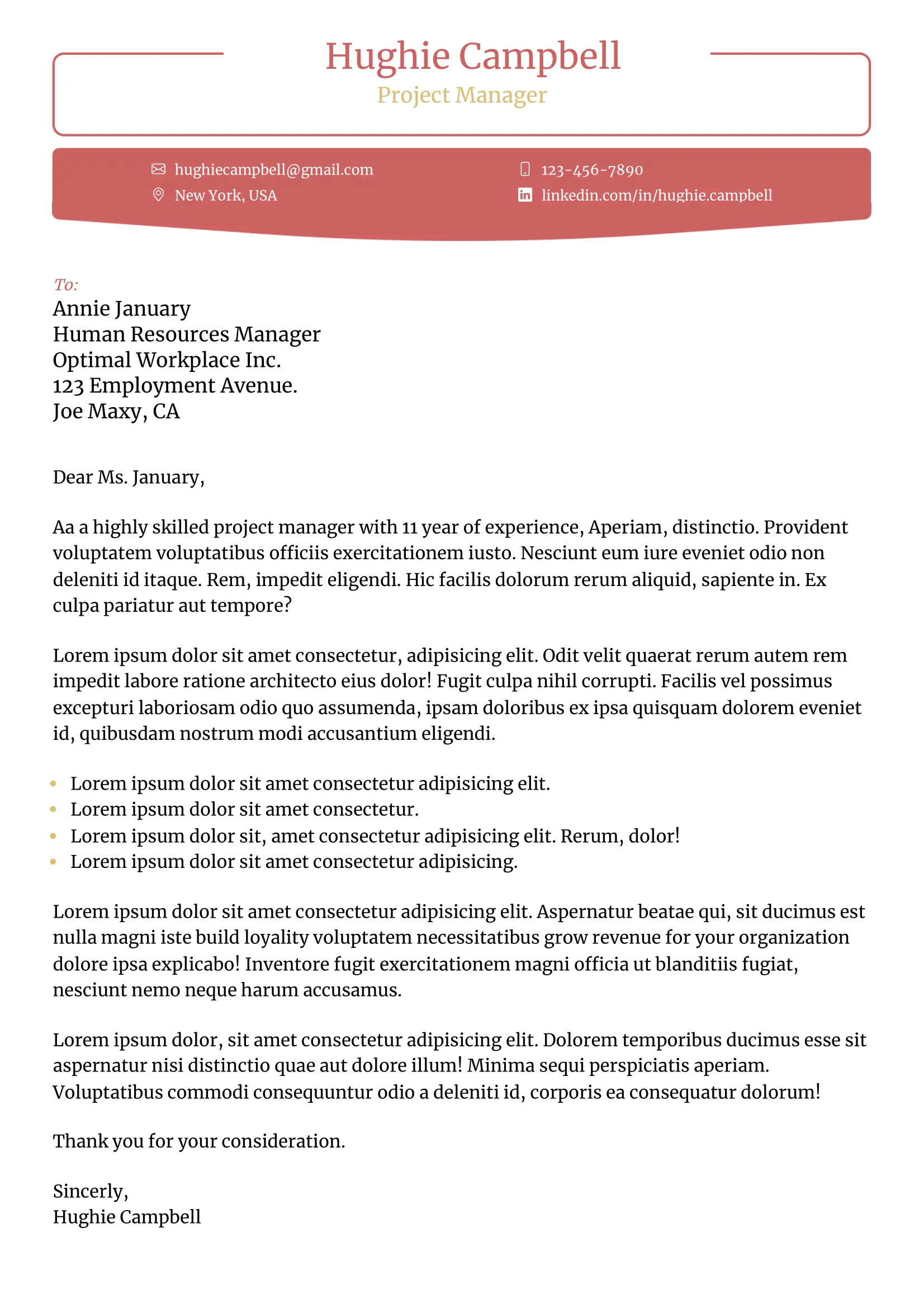
The introduction is your opportunity to grab the reader’s attention. Start with a strong opening statement that immediately highlights your interest in the position and the company. Briefly mention how you learned about the job opening, and state the specific position you are applying for. This establishes a clear and concise overview of your purpose. The introduction should also summarize your key qualifications or the value you bring to the role. This could include the number of years you have experience or any key accomplishments. The introduction should always capture the reader’s attention and entice them to read on. The goal here is to make the hiring manager want to learn more about you and your skills. Use an engaging hook to draw them in. Think about what makes you stand out.
Highlight Your Skills and Experience
The body of your cover letter is where you provide a detailed explanation of your skills and experiences. Focus on the skills and experiences that are most relevant to the job description. Provide specific examples of how you have used these skills in the past and the positive outcomes you achieved. Use action verbs to describe your responsibilities and accomplishments. Use clear and concise language, avoiding jargon or overly technical terms. Be sure to tailor your examples to the specific requirements of the job. Demonstrate how your qualifications align with the role’s needs. This section should provide a clear understanding of how your background and experiences fit the job requirements. The goal is to convince the hiring manager that you are the best candidate.
Tailoring Your Letter to the Job
Customizing your cover letter for each job application is crucial. Don’t send a generic letter to multiple employers. Instead, carefully review the job description and identify the key skills and experiences the employer is seeking. Tailor your cover letter to showcase how your skills and experiences align with these specific requirements. Research the company and demonstrate your understanding of their values, mission, and goals. Use the language and keywords from the job description. This demonstrates that you understand the role and the company. This level of customization shows your genuine interest. Tailoring your letter ensures that your application gets noticed by the recruiter. A personalized cover letter stands out from the competition.
Cover Letter Template Body Section
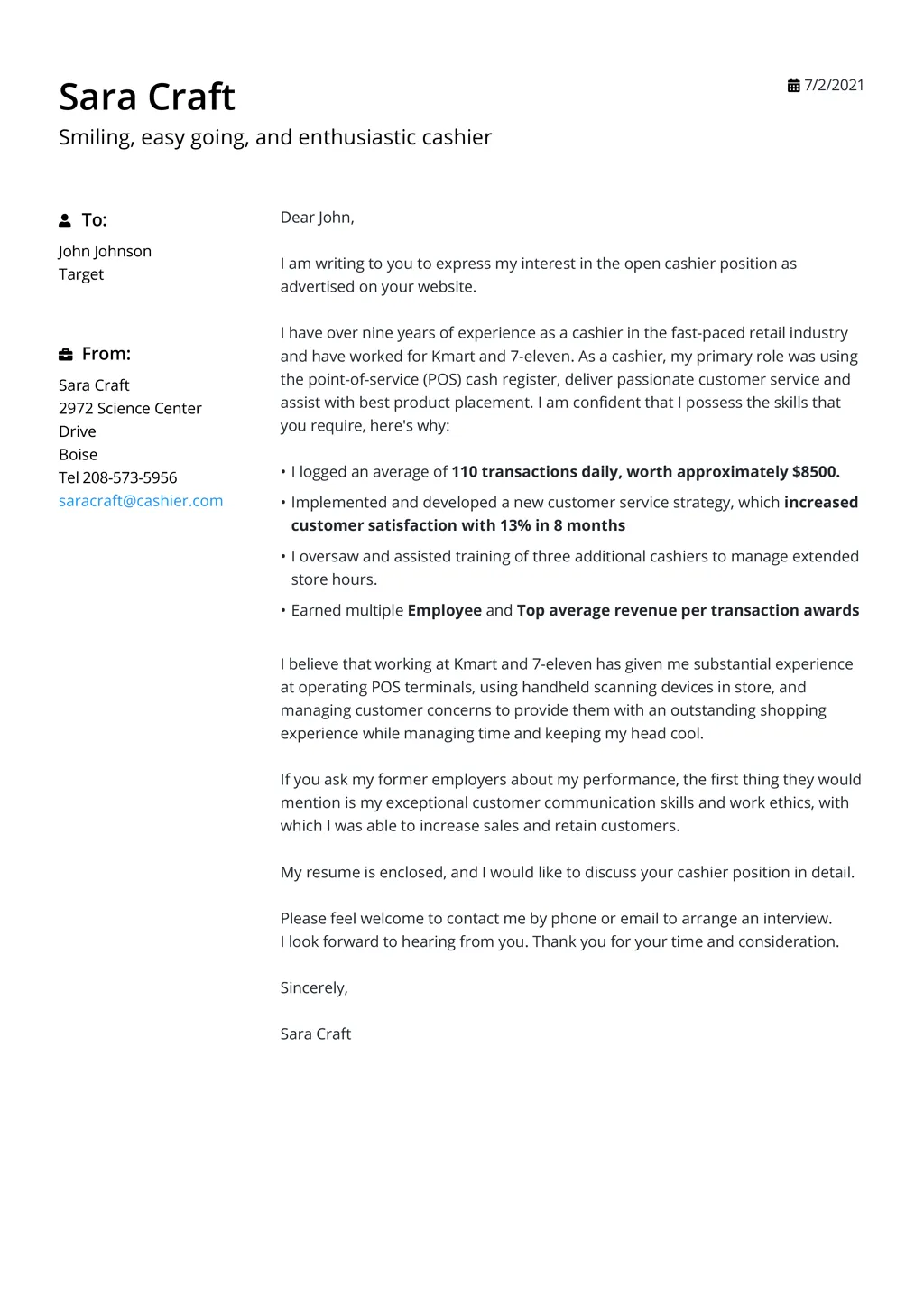
In this section, elaborate on your key skills and experiences. Provide specific examples of your accomplishments, quantifying them whenever possible to demonstrate your value. Describe projects you have worked on, challenges you overcame, and the results you achieved. Show, don’t just tell, what makes you a good fit for the job. This is where you prove your worth. Structure this section logically, using bullet points or numbered lists to break up text. This enhances readability. Ensure that your examples are clear and concise and directly relate to the job requirements. Keep it focused on providing concrete examples. The goal here is to demonstrate the value you will bring to the company. Focus on what you achieved in previous roles.
Showcasing Achievements
Focus on achievements rather than just listing responsibilities. Use the STAR method (Situation, Task, Action, Result) to structure your examples. Briefly describe the situation, outline the task you were assigned, explain the actions you took, and then highlight the positive results or outcomes you achieved. This method gives employers a clear understanding of your abilities and your contributions to previous companies. Quantify your results whenever possible, as this provides concrete evidence of your success. The goal is to showcase your impact. Employers are interested in seeing how you can improve their bottom line. Demonstrate what you accomplished, not just what you did. Use this method to provide tangible proof of your accomplishments.
Quantifying Accomplishments
Whenever possible, quantify your achievements. Use numbers, percentages, and specific data to demonstrate your impact. For example, instead of saying “Improved customer satisfaction,” say “Increased customer satisfaction by 15% through implementation of a new feedback system.” Quantifying your accomplishments makes them more compelling and provides concrete evidence of your skills. Include specific numbers and data. Showing your achievements makes your claims more credible. The goal is to demonstrate your impact. Use measurable results. Including the figures shows you’re an effective employee. The results are far more impactful than a general statement of your achievements.
Cover Letter Template Closing Section
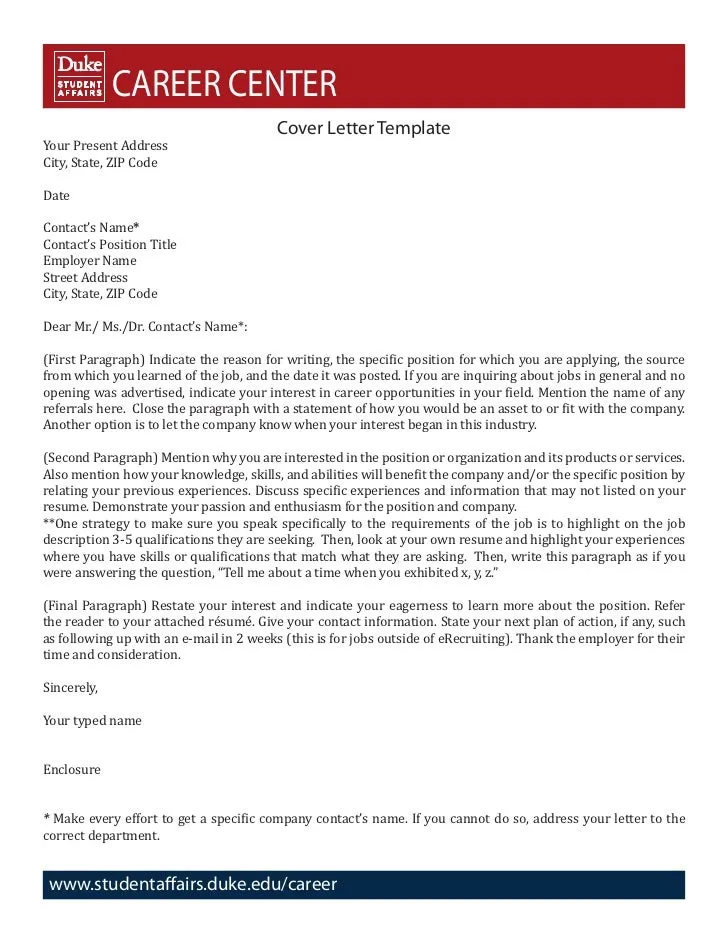
The closing section of your cover letter should express your enthusiasm and gratitude. Reiterate your interest in the position and the company. Thank the hiring manager for considering your application. This is also your opportunity to include a call to action. Your closing should leave a lasting impression on the recruiter. Expressing your enthusiasm and gratitude shows you genuinely want the job. Reiterate your interest, but also include a call to action. This shows you value their time. A good closing section ensures that you remain in the recruiter’s mind. Always thank them for considering your application.
Expressing Enthusiasm and Gratitude
In your closing, reiterate your enthusiasm for the position. Express your genuine interest in the company and the opportunity. Show gratitude for the hiring manager’s time and consideration. Avoid generic phrases and tailor your closing to the specific role and company. Show that you’ve put effort into the application and that you value the opportunity. A well-crafted closing shows that you’re sincere. Expressing enthusiasm and gratitude leaves a positive, lasting impression on the recruiter. Always take the time to thank them. This personal touch can make all the difference.
Call to Action Requesting an Interview
Include a clear call to action in your closing paragraph. State that you are eager to discuss your qualifications in more detail. Express your availability for an interview. Provide your contact information, ensuring the hiring manager knows the best way to reach you. Make it easy for the hiring manager to contact you. A clear call to action encourages them to move forward in the hiring process. Including contact information and expressing a desire for an interview closes the application. The final goal is to land the interview, and a call to action is a crucial step. Provide all the information the recruiter needs to contact you.
Cover Letter Template Formatting and Design
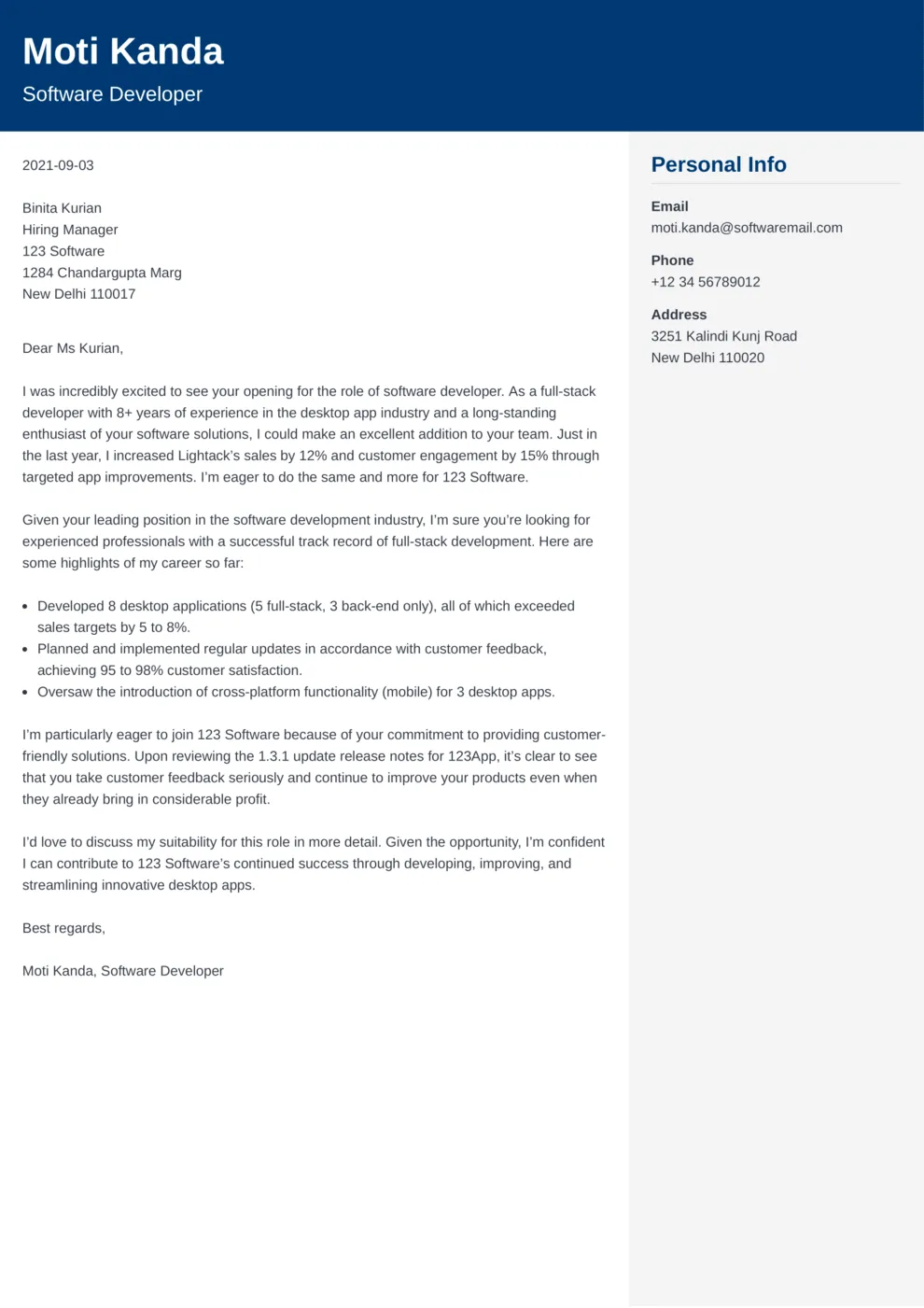
The formatting and design of your cover letter can significantly impact its readability and professionalism. Choose a clean and easy-to-read font and ensure your letter is well-formatted with appropriate margins and spacing. A well-designed letter demonstrates attention to detail. Proper formatting enhances readability. A well-designed cover letter shows your professionalism and attention to detail. The right design helps get your application noticed. The goal is to make it easy for the hiring manager to review your application.
Choosing the Right Font and Size
Select a professional and easy-to-read font, such as Times New Roman, Arial, or Calibri. Use a font size between 10 and 12 points. Avoid overly stylized or decorative fonts, as they can be distracting and difficult to read. A well-chosen font enhances readability. The goal is to make your cover letter easy to read. The goal of a cover letter is to be read. The font choice makes a huge difference. Select a font that is easy to read on any device.
Formatting for Readability
Use clear formatting to enhance readability. Set consistent margins, typically one inch on all sides. Use single or 1.15 line spacing. Break up long paragraphs into shorter, more manageable sections. Use bullet points or numbered lists to highlight key information, making it easy for the reader to scan. Proper formatting is essential to showcase attention to detail. A well-formatted letter is easier on the eyes. A clean layout helps the reader. Correct formatting improves the overall readability and makes your application more pleasant to read. The goal is to keep the hiring manager engaged.
Cover Letter Template Proofreading and Editing
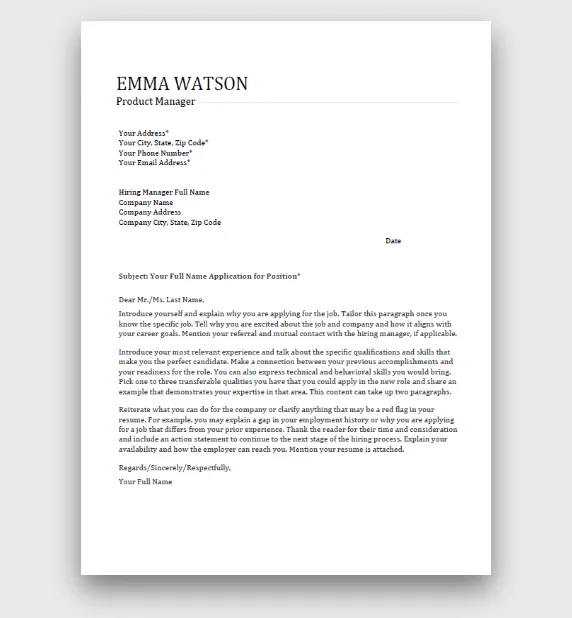
Proofreading and editing are critical steps in the cover letter writing process. Errors can undermine your credibility and make a negative impression on the hiring manager. Ensure your cover letter is free of grammatical errors, spelling mistakes, and typos. Always double-check the recipient’s name, company name, and any other specific details. A well-proofread cover letter demonstrates attention to detail and professionalism. Mistakes will hinder your chances of getting hired. Proofread multiple times. A well-proofread cover letter creates a positive impact on the recruiter. Always check for errors before you send it.
Common Mistakes to Avoid
Avoid common mistakes that can damage your chances. Never send a generic cover letter that isn’t tailored to the specific job. Don’t include irrelevant information or personal details that are not related to the job. Avoid typos, grammatical errors, and formatting inconsistencies. Never lie or exaggerate your skills or experiences. Proofread it carefully to check everything. Avoid sounding too formal or informal. A cover letter is your first impression. The goal is to make sure you present yourself in a good way.
Seeking Feedback
Ask a trusted friend, family member, or career advisor to review your cover letter. They can provide valuable feedback on the content, structure, and overall effectiveness of your letter. Consider asking someone with experience in hiring or human resources to review it. Feedback can help you identify areas for improvement and ensure your cover letter is polished and professional. Get a fresh set of eyes to check it over. Always seek out help. A second pair of eyes can catch anything you have missed. Feedback can often lead to enhancements to your application.
